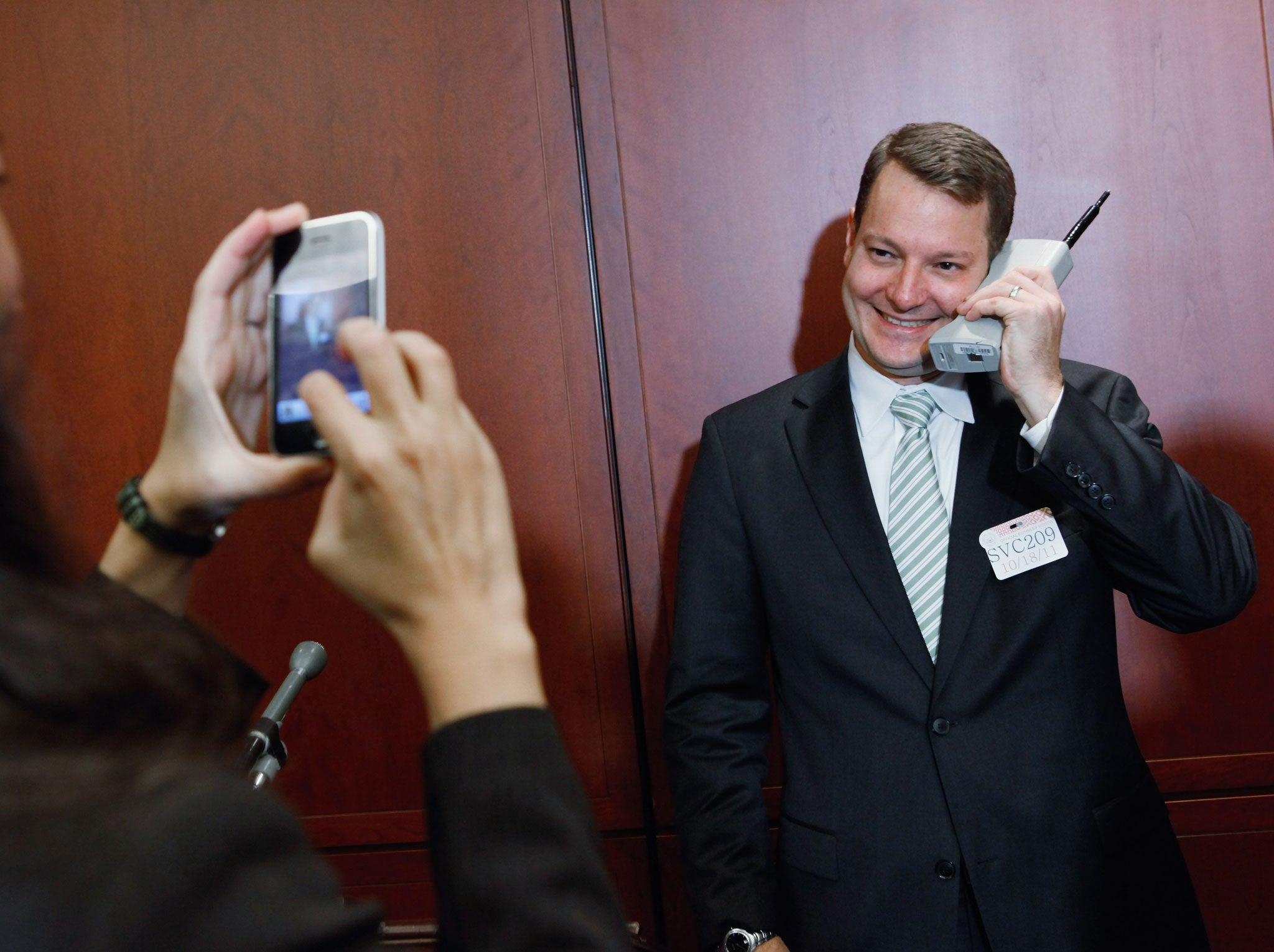MBA Blog: Is e-commerce becoming m-commerce?
Mobile expert and MBA Vibhuti Singh discusses the next huge shift in the world of commerce

Your support helps us to tell the story
From reproductive rights to climate change to Big Tech, The Independent is on the ground when the story is developing. Whether it's investigating the financials of Elon Musk's pro-Trump PAC or producing our latest documentary, 'The A Word', which shines a light on the American women fighting for reproductive rights, we know how important it is to parse out the facts from the messaging.
At such a critical moment in US history, we need reporters on the ground. Your donation allows us to keep sending journalists to speak to both sides of the story.
The Independent is trusted by Americans across the entire political spectrum. And unlike many other quality news outlets, we choose not to lock Americans out of our reporting and analysis with paywalls. We believe quality journalism should be available to everyone, paid for by those who can afford it.
Your support makes all the difference.We live in an increasingly digital world, with the differences between the offline and online world becoming more blurred.
The boundaries for commerce are mitigated. Pure-play business models (like Amazon, eBay etc.) cannot exist without brick and mortar, neither can brick and mortar without online presence. Up until now, purchases on the Internet were recognised for lower value sales. This perception is changing, with even previously reluctant luxury goods businesses providing customers with an online shopping experience.
It’s increasingly common behaviour for consumers to do initial research while commuting on their mobile phones, crosschecking prices in the physical store and purchasing items at home via their computers. The explosive growth in m-commerce can be largely attributed to reachability, ubiquity, localisation, personalisation and ubiquity.
Trends
The world has evolved into a place which is always ‘on’. The size of content grew nine times in five years to nearly two zettabytes in 2011. We are sharing our photos on Flickr, Snapchat, Instagram, Facebook, videos on YouTube, sounds on SoundCloud, listening to music from Spotify, conducting business on Skype, navigating using Google Maps, finding restaurants using Yelp and professional networking via LinkedIn.
Mobile has been a strong factor behind the growth of on-demand services and the ever connected world. As noted by CNNIC, in China Internet access via mobile is continuing to grow compared with Internet access via desktops. A similar trend has happened in South Korea. The increasing capabilities of mobile phones means they can perform similar tasks to a traditional computer but they have additional features which makes e-commerce a much better experience. The convenience of discovering, researching and purchasing on the go added with the functionality of a quality product search (such as RedLaser and barcode readers), local product search (eBay, kleinanzeigen) makes whole purchasing experience more context aware.
Current situation
There is a strong upward trend of transactions via mobile in most of the leading e-commerce companies. My current employer Groupon, as of March 2013, has noticed that 45 per cent of all transactions in North America were made using a mobile device. eBay reportedly had $8 billion in mobile commerce retail volume in 2012. Paypal has reported to have generate $4 billion in mobile payments. The majority of companies where consumer information is dealt with are going mobile. Lufthansa is a good example of this, where not only you can track your flights on mobile but you can also have complete experience of its services on your phone ranging from checking your frequent miles status to booking tickets.
Challenges
Even after the massive growth in past few years, mobile still remains an unexplored domain. Mobile commerce is about delivering the right information to the right place and at the right time. The mobile experience is defined by speed, efficiency and simplicity. The balance of all three of these is not an easy task. Speed is governed by the network speed, the quality of which not only varies from country to country but also from city to city. The second factor which affects speed is the quality of mobile devices. The complexity occurs because mobile phones work across several platforms such as iOS, Android, Windows, Blackberry, and Symbian, with the exception of iOS, each of them has several handsets which perform in different ways.
Future
The future of m-Commerce is exciting. We are largely getting into an uncharted territory. The technology which will soon be out there, such wearable always connected devices (Google Glasses), computers, digital wallet, computer watches, smart TV’s, onboard computers and other upcoming technologies will further change the way we do commerce and interact with digital world. Stay tuned, there are a lot of exciting things to come.
Vibhuti Singh is an engineer and MBA from EMLyon, France. He has worked with leading e-commerce companies and is senior product manager on Groupon’s mobile business. He is also an AMBA Global AMBAssador
Join our commenting forum
Join thought-provoking conversations, follow other Independent readers and see their replies
Comments